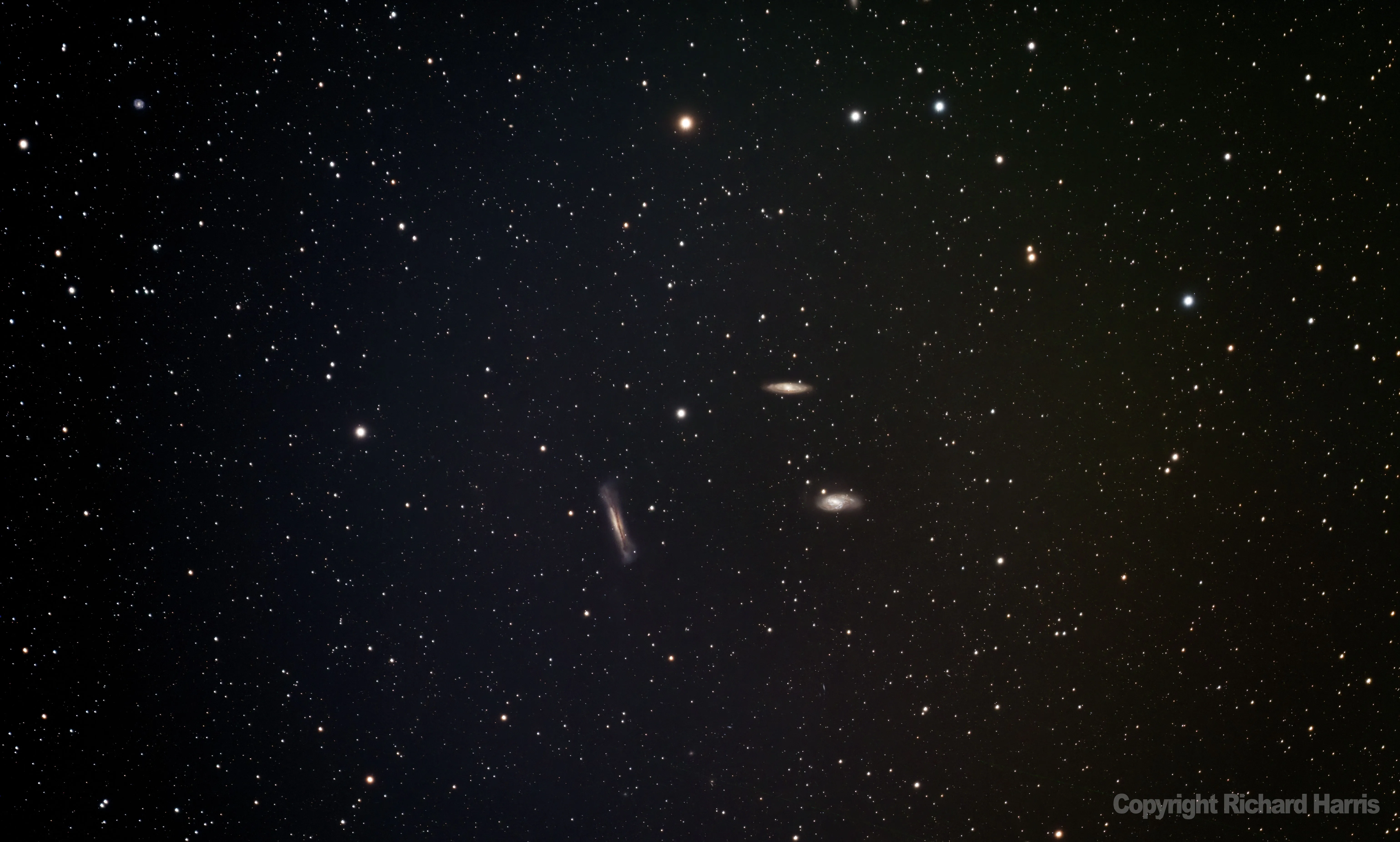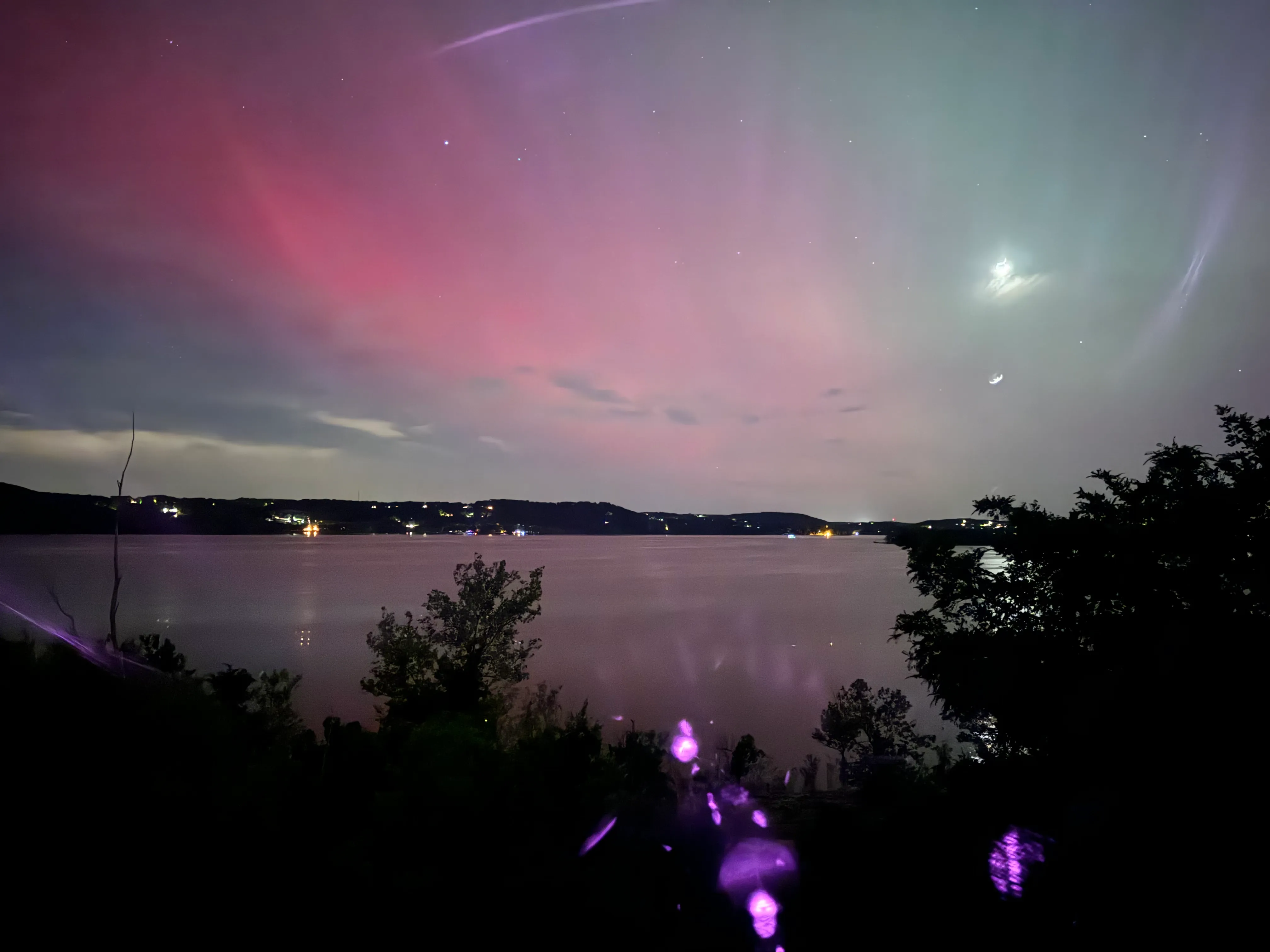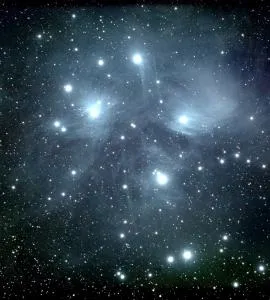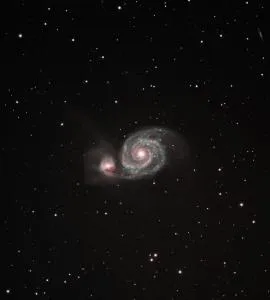Capturing the Leo Triplet with the Meade 70mm APO Quad Astrograph telescope

I aimed a Meade 70mm APO refractor at the Leo Triplet galaxy group coupled with an ASI2600mm camera and captured a terrific example of small scope power.
Astrophotography is an art that intertwines technology with the mysteries of the cosmos. One might think that capturing distant celestial bodies requires massive telescopes, but advancements in optical technology have proven this notion wrong. A testament to this is the Meade 70mm APO Quad Astrograph Telescope, a relatively compact instrument that has made quite waves in the astrophotography community, though very few people talk about it.
Recently, I had the opportunity to purchase one on eBay. I was a little curious about the optics, plus it was a steal of a deal. On its very night, I used this telescope to photograph the Leo Triplet galaxies—a stunning group of spiral galaxies located approximately 35 million light-years away in the constellation Leo. The results were nothing short of amazing to me.
The Meade 70mm APO Quad Astrograph Telescope, despite its modest size, is an engineering marvel. Its apochromatic (APO) design ensures that the telescope produces images without chromatic aberration, yielding photos with sharp details and true-to-life colors. This is crucial when capturing the subtle hues and light contrasts of distant galaxies.
Leo Triplet astrophoto details
Telescope: Meade 70mm F/5 6000 series APO Flat-Field Astrograph
Mount: AM5
Camera: ASI 2600MM with ASI filters
Guider: Williams Optics 30mm, ASI 120mm
Acquisition: LRGB = 5 - 5 minute subs each (25 minutes). Total of just under 2 hours.
Darks/Flats/Bias: None
Processing: Pixinsight, Photoshop
Location: Missouri
Bortle: 4

Its quad astrograph design, which incorporates four lens elements, ensures that the field of view is flat and free of optical distortions, making it perfect for wide-field astrophotography. This was evident when photographing the Leo Triplet. Each galaxy, from the hazy glow of NGC 3628 to the intricate details of M65 and M66, was rendered with impeccable clarity.
What’s truly impressive about the Meade 70mm APO is its ability to collect light. Despite its smaller aperture, the telescope harnesses enough photons to illuminate the faintest of stars and the most delicate structures of distant galaxies. This is a testament to the quality of its optics and its precision engineering.
In conclusion, size isn't always indicative of power. In the realm of astrophotography, technology, design, and craftsmanship can often outshine sheer aperture. The Meade 70mm APO Quad Astrograph Telescope stands as proof that even smaller telescopes when designed with care and expertise, can capture the vast and stunning beauty of our universe.
To me, the tiny size of the scope sitting on top of my AM5 mount, along with the price and perfect back-focus, made it a winning combo I will keep around for years. Also - the EAF from ZWO perfectly mounted on it without any adapters.

Additional resources if you are interested in the Meade 70mm APO
While the 70mm Meade 6000 series scope is technically discontinued, you can still find them on used markets and are a worthy investment. Here are a few links and resources.
Trevor Jones review: https://www.youtube.com/watch?v=WroxAm0mBFw
Galactic Hunter review: https://www.galactic-hunter.com/post/meade-70mm-apo-review
Cloudy Nights discussions: https://www.cloudynights.com/topic/761281-meade-70mm-quad-apo-user-group-all-things-about-the-6000-70mm-quad/
Meade (UK) factory link: https://www.meadeuk.com/Meade-Series-6000-APO-70mm-Quad-Refractor-Astrograph-Optical-Tube-Assembly-OTA.html
About the Author

Meet Richard Harris, a passionate and dedicated astronomer who embarked on a cosmic journey at the age of 11 and has been reaching for the stars ever since. Born with an innate curiosity for the universe. Richard's fascination with astronomy ignited when he first gazed up at the night sky and felt an indescribable connection to the cosmos and creation. As a younger lad, Richard spent countless hours poring over astronomy books, studying constellations, and learning about the celestial wonders that grace our skies. In 2001, Richard invented the HyperTune telescope process, which has grown into the standard for German equatorial telescope mount tuning across the globe. He is also the founder of ScopeTrader, a global resource helping to grow the hobby of astronomy which started in 2002, and the CEO of Moonbeam software company, started in 2008. When he's not taking photos of our universe, you can find him with family, playing guitar, or traveling.











